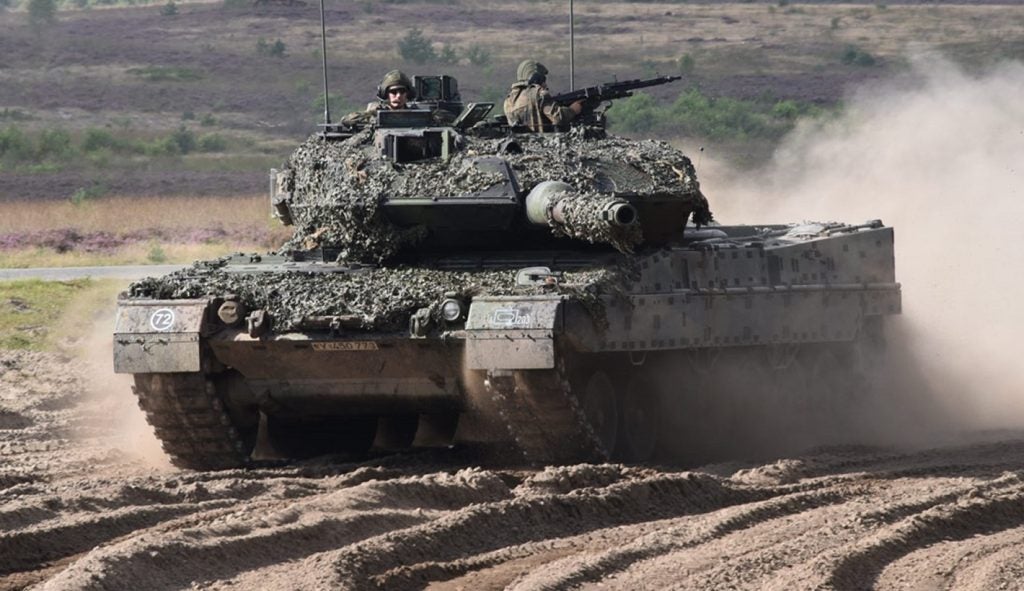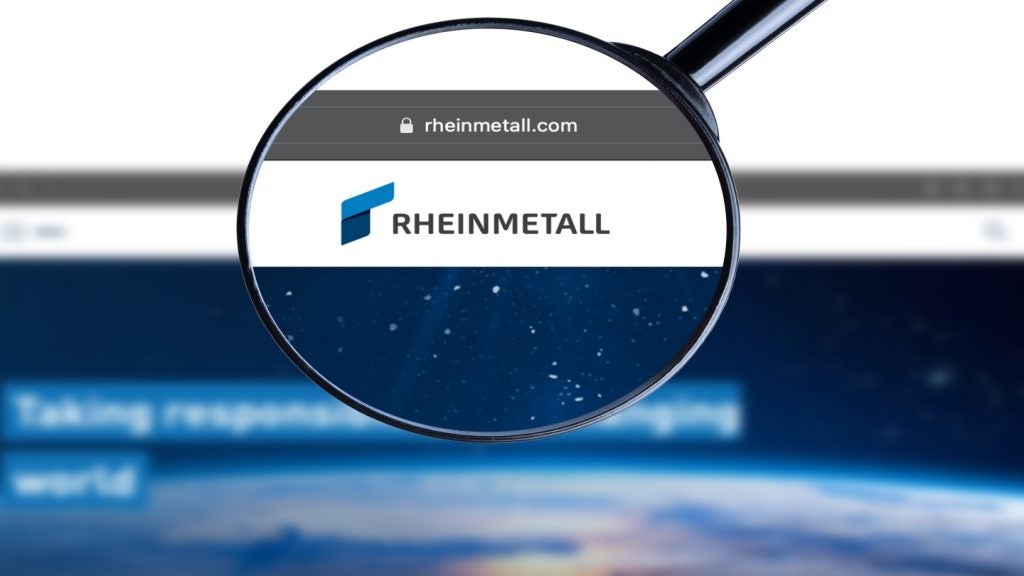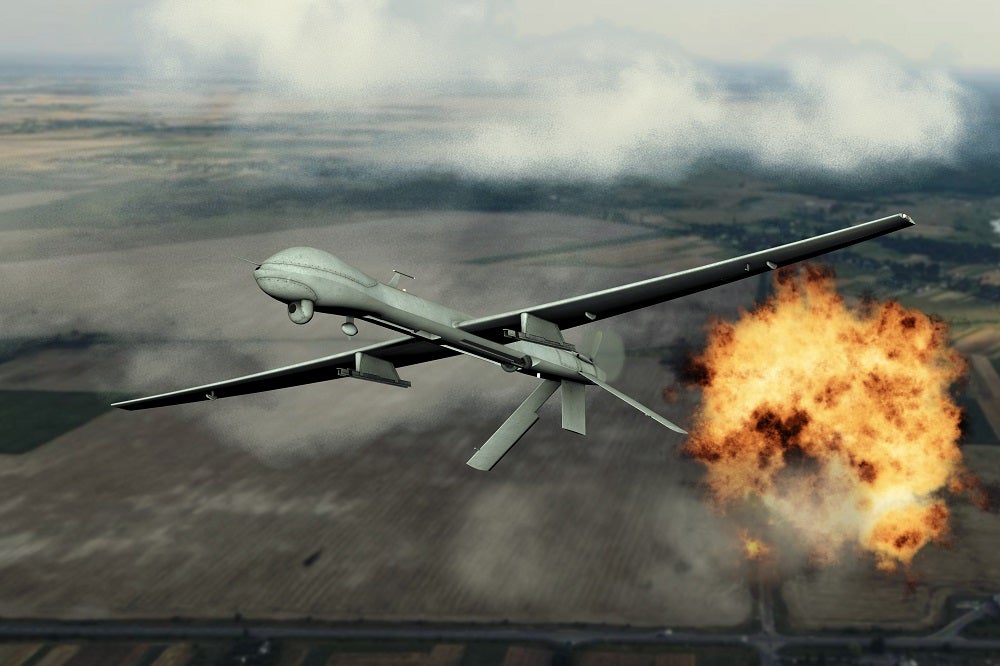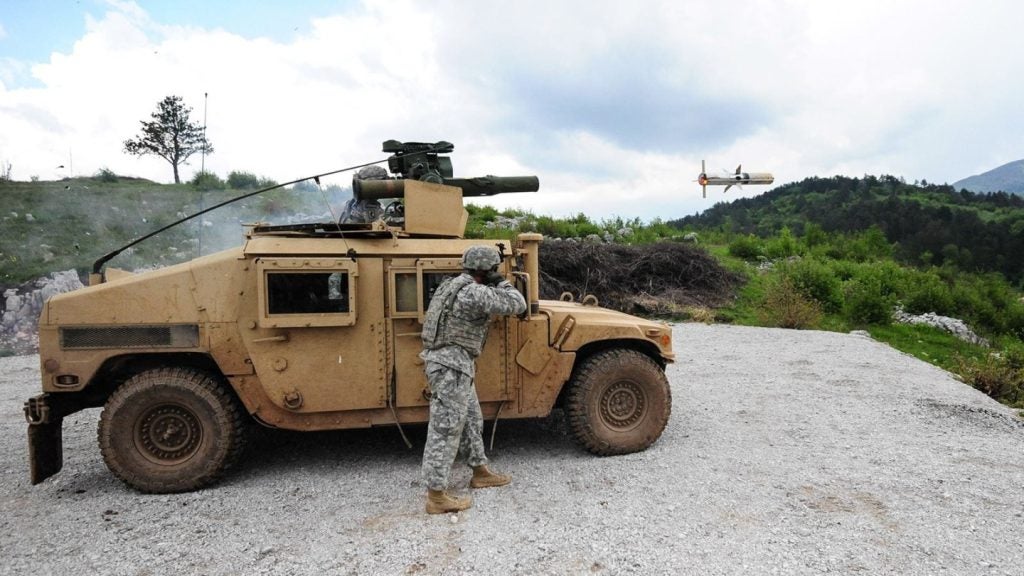When it comes to essential elements of any army operation, the military field hospital is perhaps one of the most critical.
Providing medical care and emergency support to soldiers injured on the battlefield, each military field hospital must be run with efficiency and operational acumen.
Effective military medical equipment within these establishments can be the difference between life and death for armed forces personnel.
A military field hospital can be either a temporary structure or a mobile medical unit, depending on the bespoke requirements and location of the overall military operation.
One of the main requirements of a military field hospital is to provide immediate medical attention to injured personnel to save lives.
See Also:
Leading suppliers of military field hospital and military medical equipment
Our team at Army Technology has taken time to rigorously research and then list the leading suppliers of equipment for military field hospitals and medical logistics services. Using our acumen across the industry and experience in the sector, we have compiled a range of valuable options for buyers.
The list includes, but is not limited to, suppliers of mobile medical units, medical evacuation (medevac), and equipment for military field hospital locations around the world.
The information available in the download is useful for military operators, procurement officers, and individuals involved in the acquisition and maintenance of field hospitals and emergency response.
Our carefully compiled and professionally written download contains detailed information on the manufacturers and suppliers and their products and services, alongside contact details where available.
Leading military field hospital services and medevac products
Military field hospital products and services for military battlefield emergency management include, but are not necessarily limited to:
- Mobile medical units
- Steam sterilisers
- Potable water distribution and wastewater management systems
- Medical maintenance and service kits
- Pre-packs for medical and surgical procedures
- Defibrillators, anaesthesia systems, ventilators, suction apparatus, and pulse oximeters
- Portable ventilators, suction machines, and pressure reducers
- Refrigeration equipment, oxygen generating system, and mobile oxygen storage tanks
- Ophthalmic instruments and equipment
- Training equipment
- Laboratory equipment
- Hospital furniture
- Kitchen and dining facilities, and power generation and distribution facilities
- Mobile hospital repair and overhaul
Military field hospital design and features
Mobile hospitals can be designed in the form of tents and containers. The field hospitals can be deployed on trucks and aircraft, or in containers and tents.
The field-deployable hospitals have a modular and flexible design, with relevant equipment integrated to meet the specific requirements of the customer.
Different configurations can be set up to cater to the different levels of treatment required in military conflict zones and during humanitarian and natural crises.
Primary level hospitals can be used to provide preliminary care for injured persons to stabilise them before being transferred to a larger medical facility.
Level two hospitals provide triage, resuscitation and stabilisation, and advanced care, including life-saving surgical interventions, and intensive care. Level three hospitals provide a greater capacity when compared to level two.
They are designed to provide full-scale, multi-speciality surgical facilities, with extended capabilities.
FAQs
1. What are the key components of a field hospital?
A field hospital is a mobile, self-sustaining medical facility designed for rapid deployment in combat zones or disaster areas. Key components include surgical units, intensive care facilities, diagnostic tools (such as portable X-ray machines), and triage units. These hospitals are equipped to handle trauma, perform surgeries, and provide life-saving care in isolated or dangerous environments, ensuring soldiers receive medical attention as quickly as possible.
2. How does MEDEVAC differ from traditional evacuation?
MEDEVAC (Medical Evacuation) specifically refers to the transport of wounded or critically ill patients from the field to a medical facility using air or ground transport, typically helicopters. These missions are equipped with medical staff and supplies to provide in-transit care, stabilising patients en route. Traditional evacuation, by contrast, involves non-medical transportation of personnel from danger zones, often without urgent medical assistance.
3. What technologies enhance the effectiveness of MEDEVAC operations?
MEDEVAC operations leverage cutting-edge technology to provide real-time care. Modern advancements include communication systems that relay patient vitals directly to receiving hospitals, automated external defibrillators (AEDs), and mobile life-support systems. Additionally, drones are increasingly being utilised to deliver medical supplies to isolated areas, further extending the reach of MEDEVAC.
4. How do field hospitals adapt to different environments?
Field hospitals are modular and highly adaptable. Whether deployed in desert environments, mountainous terrain, or urban conflict zones, these hospitals are designed to be quickly assembled and operational. They are equipped with climate control systems, water purification units, and mobile generators to ensure functionality regardless of harsh or variable conditions.
5. What role do field hospitals and MEDEVAC play in military readiness?
Field hospitals and MEDEVAC are critical to maintaining military readiness and morale. Quick access to advanced medical care ensures that injured soldiers can be treated, stabilised, and returned to active duty whenever possible. For those unable to return, MEDEVAC offers a safe and dignified route to longer-term medical care, improving survival rates in high-intensity combat scenarios.






